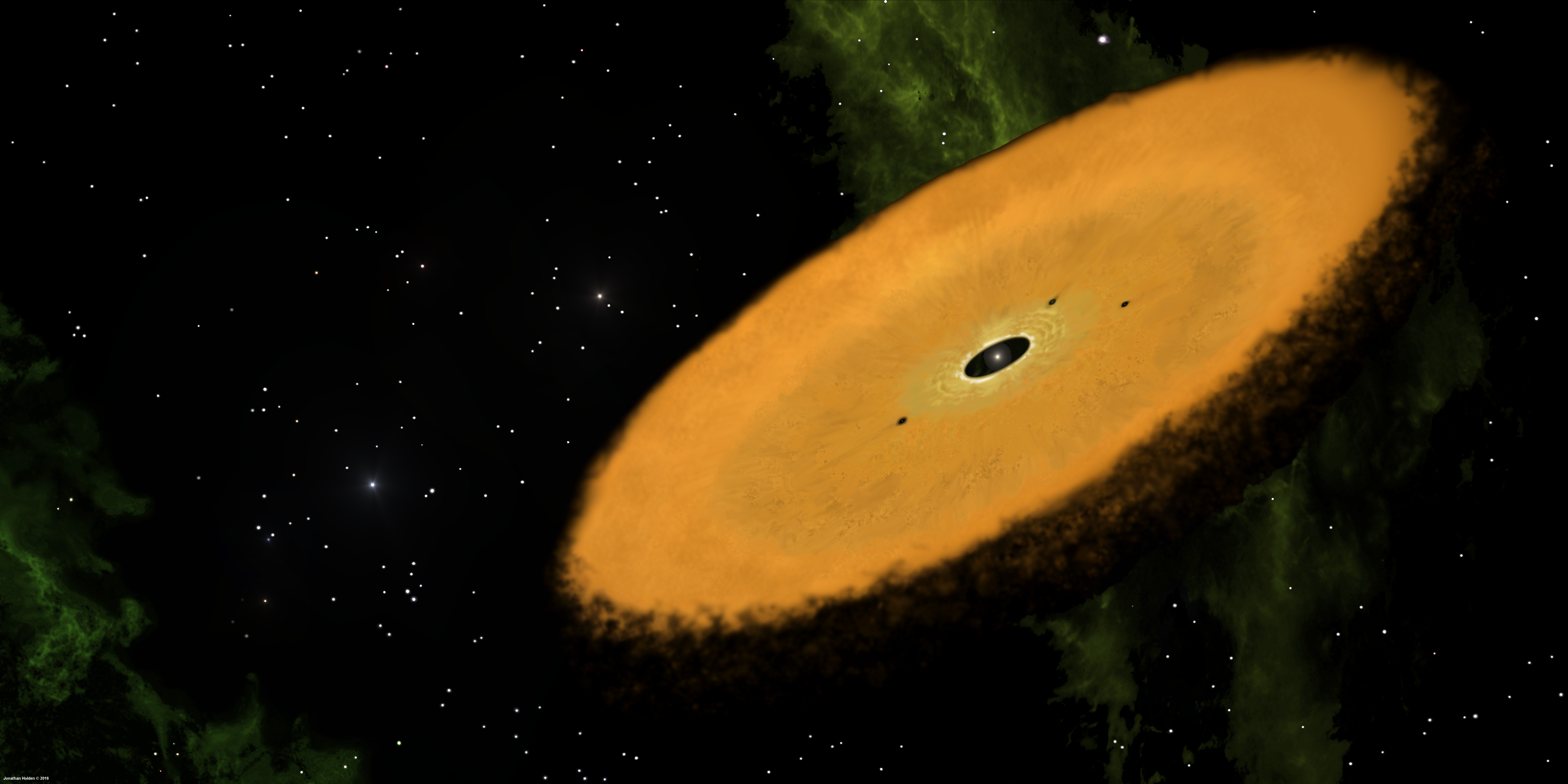
Peter Pan Disks: A New Kind of Circumstellar Disk
In 2016, I wrote a paper on WISEA J080822.18-644357.3. This disk-hosting system is a high-probability member of the Carina association, based on its position and motions through the sky, according to BANYAN II, a software tool for determining Bayesian probability of moving group membership. This association places it at age ~45 Myr old, while its very strong infrared excess (fractional infrared luminosity Lir/Lstar ≈ 0.08) suggests that it is a protoplanetary or transitional disk, despite an age > 8 times the characteristic timescale for dissipation of such disks around solar-type stars.
Since then, two other such disks have been identified, in the Tucana-Horologium and Columba associations. These systems are all M-type or later, and all have mid-IR fractional infrared luminosities that point to them being primordial (protoplanetary, transitional, pre-transitional) disks. We have labeled these systems as "Peter Pan" disks, as they seem to be very long-lived primordial disks (much like the Lost Boys, they seem to never grow up).
You can read more about the identification of the first "Peter Pan" disk here. We expect to release new findings, including near-IR spectroscopy and optical high-cadence photometry, in the next two months.